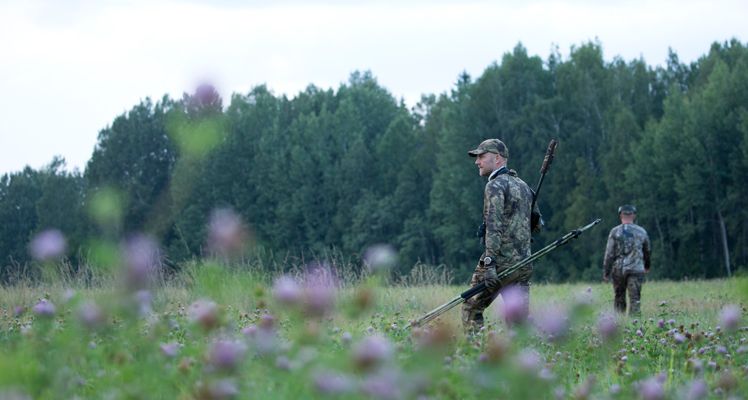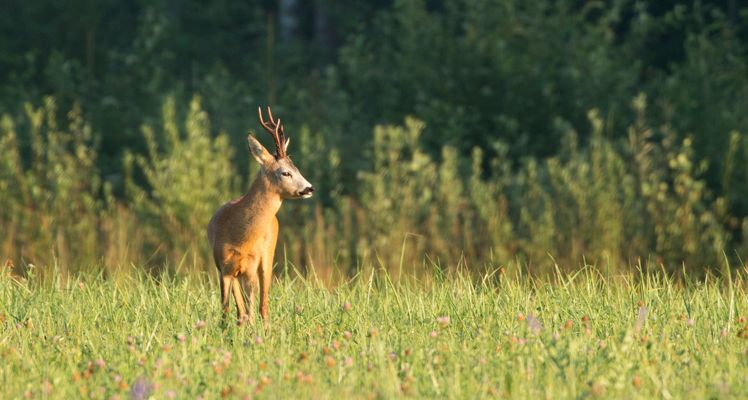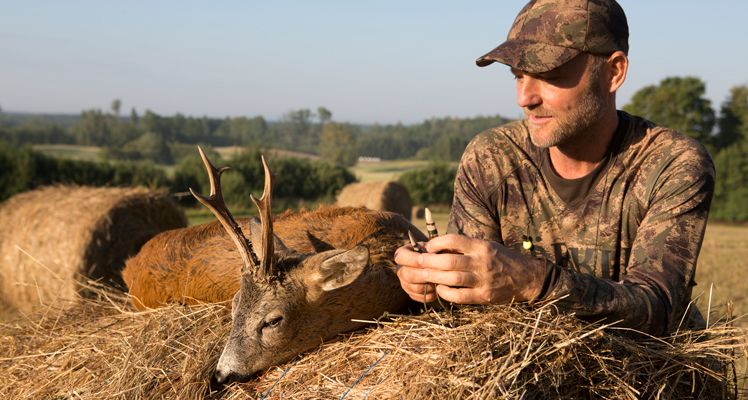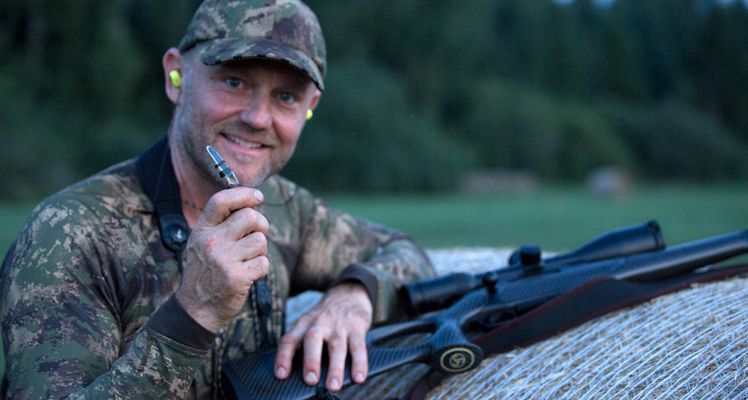Stalking
How to call in a roebuck
Calling in a roebuck using a decoy call is one of the most thrilling types of hunting there is. But it requires practice to become good at it. We have compiled some tips on how to succeed with roebuck calling.
There are many ways to hunt roebuck, not least calling them in during the rutting season. Once you’ve managed to successfully call in a buck to within range, you’re sure to find this a compelling way to hunt.
Like any other type of hunting, the more you practise, the better the results. So you’ll want to do “dry runs” during the rutting season and use every opportunity to practise “live”, so to speak.
Improving your skills means not just more opportunities, but also greater satisfaction when you succeed. What follows are some useful tips for boosting your ability to call bucks in.
“Start calling very cautiously, because the buck will likely be wary if he hears sudden, loud calls out of nowhere in his territory.”
Find your position
The key here is to get to your calling post without making any noise. Plan your position in good time and work out how you are going to reach it.
Obviously, a hidden location is best, ideally with an all-round view. The best site is a ridge within the forest, because it is easiest to call bucks under the trees. Calling them in on open ground or enticing them out of the forest is more difficult, especially if it’s not the peak of the rutting season.
The perfect location is in open forest, 50-75 metres from dense vegetation, with an open area behind in the scent direction. Bucks will often try to come round you and up into the wind. If the bucks can get round you, hidden by dense brush, and pick up your scent, you will certainly call some in that you will never even see before they detect your presence. You can avoid this by finding the right calling position.
Keep an eye on the wind direction
Always be aware of the wind direction at all times, because you cannot call in a buck that has caught your scent. A wind checker powder bottle is useful for showing the wind direction. Spray the fine powder from the little bottle or container at regular intervals, so the wind catches it.
Use the wind checker both on your way to your post and once you are in place. If you are familiar with a fellable buck’s core range, you ideally want to position yourself downwind within his territory. In other words, you will want to select your calling post based on the wind direction on the day in question. It is better to wait until the wind conditions in the buck’s range are right before calling him in, rather than calling randomly and risking discovery. Discovery makes future calling attempts more difficult.
Stay quiet
Once you reach the place you will be calling from, wait 10 minutes before starting. It is important for the natural world around you to have settled back down before you call. It must not be unnaturally silent, nor must there be warning calls from birds going up, or similar disturbances. Any divergence from normality in the area may make the buck suspicious and he will stay away.
Start cautiously
Start calling very cautiously, because the buck will likely be wary if he hears sudden, loud calls out of nowhere in his territory. If he is close by, he may come quickly in response to even low calls, and if you get the call wrong, it will not be so obvious to him if it is a quiet one.
If more than 20 minutes pass and he hasn’t been called in, you can slowly start calling more aggressively. Eventually, you can call far more aggressively than you might imagine. You can also make a stamping noise on the ground with your foot or hand, since the buck himself will often stamp in certain situations.




Decoy calls and rifle ammunition
It is recommended not to stay more than an hour at one post. If the buck has not come in within an hour of the first call, he generally won’t be coming in at all. It is very rare for a buck to turn up after an hour of calls from the same place. Move to a new area and try again.
In the videos here, the hunter is using the Rottumtaler Rehblatter reed call. Specific details on how to use this roebuck call are available on YouTube. But there are many other kinds of effective calls available.
It is useful to be camouflaged when buck calling. And preferably avoid using smaller calibres, like .222 or similar, since it is often necessary to shoot quickly and in areas of quite dense vegetation. A small, fast round has a greater tendency to expand or deviate from its line when it encounters twigs, branches, or even grass on its way to the target. From .308 calibre up, with a round that does not expand too much, is perfect for this type of shooting.
Low magnification
High-magnification rifle scopes are not necessary, and may even be a hindrance. But variable-power scopes that go down to 2x magnification are very suitable. A red-dot sight is ideal for this type of hunting, since you can use it to rapidly target the buck’s heart area.
In some cases, this type of optics allows you to make your shot more quickly, which is often what’s needed when the right buck responds to your call. Also, a red dot is invaluable in the poor light conditions you may experience in the forest and early or late in the day.